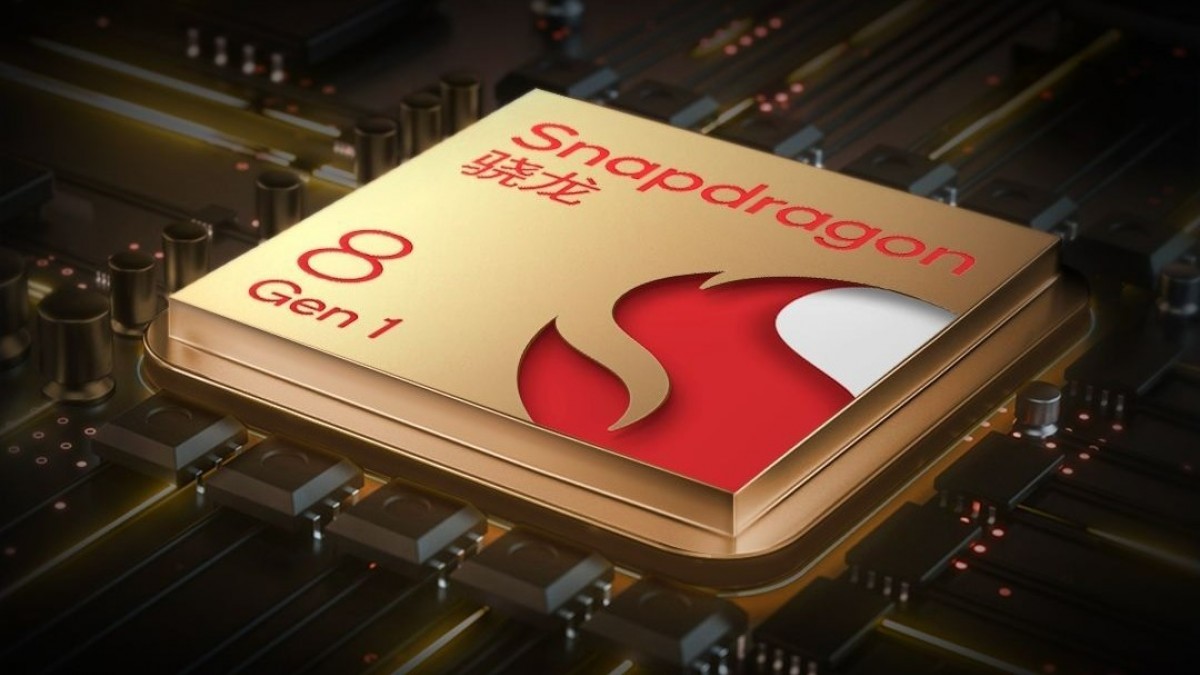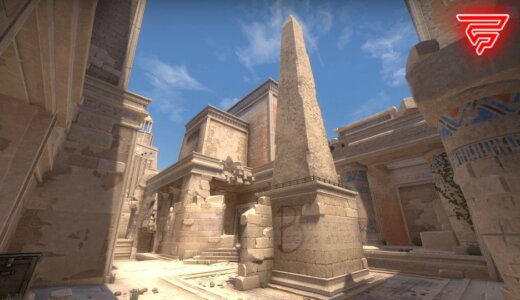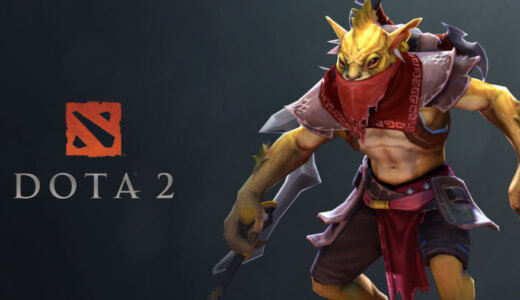A lot was said and written about the novel Snapdragon 8 Gen 1 and, well, there’s a good reason why; unfortunately, if a bunch of early benchmarks are to be believed, it might not be as impressive as we were led on to believe.
On paper, it is undoubtedly the most powerful chipset Qualcomm has ever made. In actuality, however, this venerable semiconductor company may have bitten off more than it can chew.
If these benchmarks are to be believed, the Snapdragon 8 Gen 1 fails to correct the flaws and inconsistencies of its most recent forerunners. Its sustained performance is severely lacking, and its high power consumption doesn’t help out, either. We’re talking about some truly worrisome throttling just a few minutes into a gaming session which, in all fairness, is pretty much a debacle.
It’s not the worst performer around, but these results are nonetheless downright unacceptable given its novel (and seemingly more efficient) architecture. It seems that Qualcomm has decided to “turn things up to eleven” in an attempt to catch up to Apple — a goal that is so far out of reach it’s not even worth talking about. As a result, this SoC draws more power, throttles sooner than expected and simply fails to impress.
Now, in all fairness, Motorola might not have implemented the most appropriate cooling solution, and the Snapdragon 8 Gen 1 might not have ample software support just yet (which would invariably affect all aforementioned benchmarks), but you’d still expect better results given Qualcomm’s track record and the fact that they cannot afford to drop the ball on this one — not with Apple, MediaTek, and Samsung breathing down their necks.
Benchmark Results
GeekBench 5 (Single-core)
D9000: 1287 score, 3.5 Watts, 368 Efficiency
QC 8g1: 1200 score, 4.2 Watts, 286 Efficiency
SD888: 1135 score, 3.8 Watts, 299 Efficiency
GeekBench 5 (Multi-thread)
D9000: 4474 score, 9.8 Watts, 457 Efficiency
QC 8g1: 3810 score, 11.1 Watts, 343 Efficiency
SD888: 3753 score, 8.9 Watts, 422 Efficiency
Gaming results tell the exact same tale. Here, too, the Snapdragon 8 Gen 1 draws more power, delivers underwhelming results (given its architecture and everyone’s expectations) and throttles sooner than the competition. Heck, it’s even worse than Qualcomm’s previous flagship SoC!
And even though its frame rate may be higher in certain scenarios, that will invariably come at too big of a cost: thermals.
Genshin Impact (Quality Mode, Initial Performance)
D9000: 60 FPS, 6.8 Watts, starts throttling after 7 minutes
QC 8g1: 60 FPS, 7.5 Watts, starts throttling after 3 minutes
SD888: 60 FPS, 7.5 Watts, starts throttling after 6 minutes
A Most Competitive Market
MediaTek’s Dimensity 9000 is the clear winner here and, frankly, it’s not even close. Even Apple’s A15, while arguably not as hype or alluring, is three spears ahead of Qualcomm’s latest offering.
Nowadays it’s less about sheer horsepower and more about optimization, about efficiency. There’s not a mobile game out there on the market that is too demanding for today’s hardware. Cramming in more cores and increasing clock speeds is a fool’s errand, so it should come as no surprise that the Snapdragon 8 Gen 1 fails to deliver.
It’s not bad if observed inside a vacuum, but there are other, more efficient options out there on the market, and things will only get worse and worse for Qualcomm if these results end up being conclusive.







